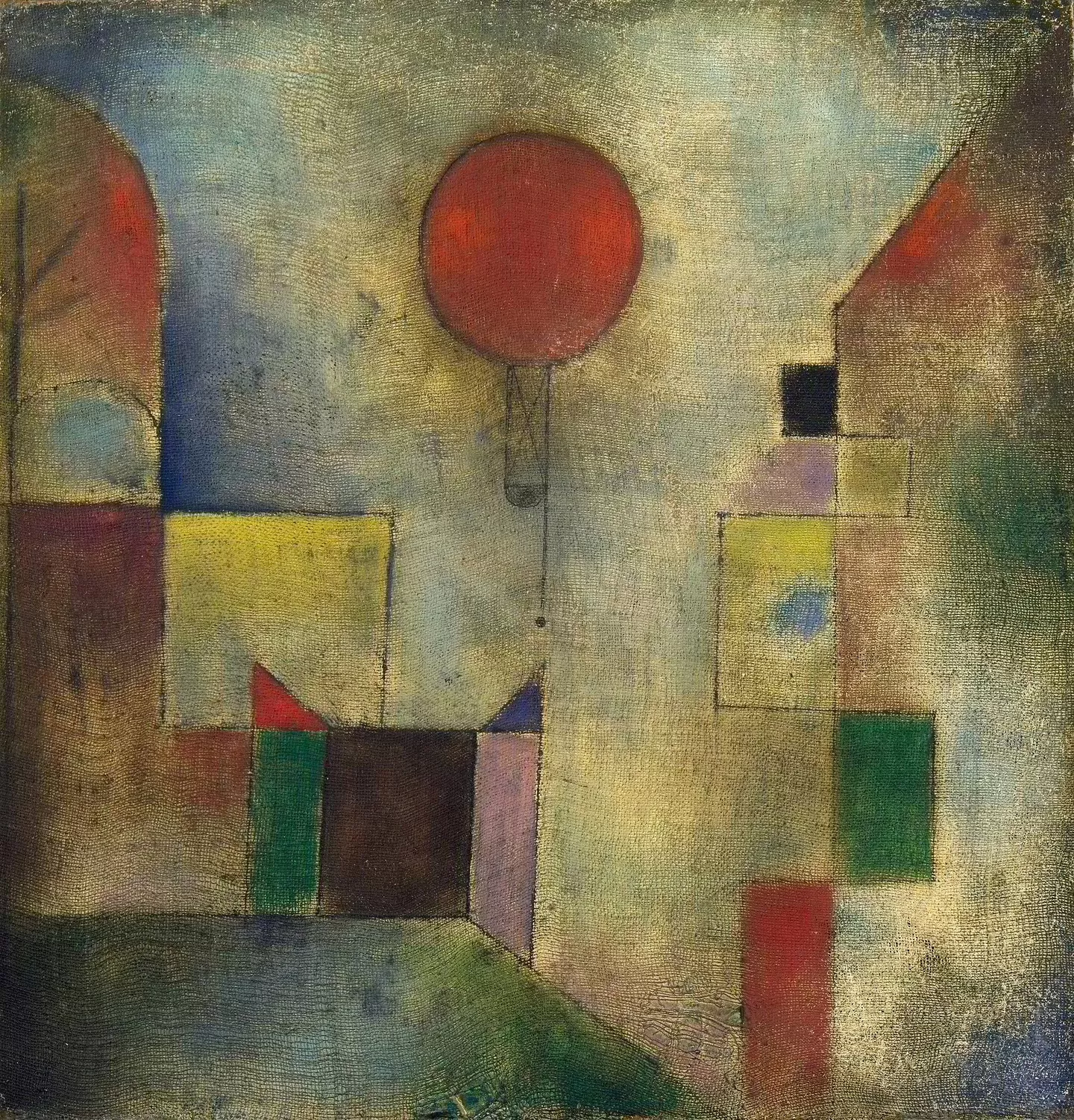
[in Just-]
Brian Docherty
Many of the love poems are also a celebration of nature or the external world, and poems about nature make up some 20 per cent of his output. One of the best known, ‘In Just’, celebrates the arrival of spring from a children’s point of view and introduces the satyric lame balloonman, perhaps cummings’s best-known creation.
From Docherty, Brian, ‘e.e. cummings." In American Poetry: The Modernist Ideal. Ed. Clive Bloom and Brian Docherty. New York: St. Martin’s Press, 1995. Ó 1995 The Editorial Board Lumiere (Cooperative Press) Ltd.Norma Pollack (1995)
Without a doubt, the poems that have engendered several musical versions apiece are unique verbal artifacts. Yet these poems share certain attributes for which composers might be inspired to find musical equivalents: they all have a distinctive rhythmic and aural presence, and some have striking visual imagery as well. For example, the rhythmic and aural characteristics of "in just-" both complicate the words and impart a nonverbal dimension of significance to the words. This poem is characterized by a rhythmic asymmetry that consists of a pattern of momentum and bounce alternated with a greatly slowed-down tempo and stasis. Joining the names of the children not only conjures a vision of innocence and play but contributes momentum as well. Spaces between words, on the other hand, as in the thrice-repeated refrain, "whistles / far and wee," retard or halt the momentum and, linked as they are with the presence of the "lame balloonman," impart ambiguity to the atmosphere of joyous innocence communicated by the vision of children at play.
These alternating patterns of momentum and stasis undermine the simple surface meanings of the words and complicate the presentation of innocence and renewal symbolized by the children and springtime. Instead, the rhythms create an aura of mystery and ambiguity, of tension and disquiet, that results in the poem becoming a complex embodiment of irony and dissonance, it is the distinctive and peculiar rhythmic system of the poem that suggests levels of significance and effect extending beyond the semantic meaning of the words. Nor should the aural character of the poem be overlooked, since this, too, influences the rhythmic environment of the poem. Long vowels, such as those in "lame balloonman," "far and wee," and "marbles and piracies" slow the tempo, create a smooth rhythm, and impart melodiousness and resonance, as well as a keening quality, a tone of regret, that contradicts the idea of joyous renewal with which spring is typically associated. Thus, an aura of mystery and ambiguity permeates the poem and belies its words, and this ambiguity invites and enables composers to emphasize what they wish—the surface meaning of the words of the poem, or the shadowy, darker undercurrents.
From Norma Pollack, "Poems of Cummings Set to Music." Spring: The Journal of the E. E. Cummings Society 4 (1995): 123-24.Albert C. Labriola (1992)
..."in Just-" is grouped with poems called "Chansons Innocentes" alluding to William Blake's Songs of Innocence and the complementary Songs of Experience. Innocence and experience, or the transition from the one state to the other, inform the poem, whose central character, including his identity and significance, is described through the stylistic feature of incremental repetition. Described as "the little lame balloonman," the "queer old balloonman," and the "goat-footed balloonMan," who in all three instances "whistles far and wee," he is a rendition of Pan, the god of the goatherds and shepherds. A goat-man, he was akin to the satyrs; like them, he inhabited the thickets, forests, and mountains, all places of wilderness. Upon his reed pipe (called a Panpipe), this lesser god played music for the dancing nymphs. Like the satyrs, he loved the nymphs but was rejected because of his ugly appearance: cleft foot and deformed and aging body. He was a lecher whose pursuits of nymphs such as Echo, Pithys, and Syrinx are well-recounted in classical literature. The haunts that he frequented, the urges and appetites that impelled him, and the distinctive cleft foot all profoundly affected later Christian conceptions of the devil, whose humanoid appearance in art resembles that of Pan and the satyrs....
...By its emphasis on mud and water, growth and vitality, sexuality and propagation, the poem may be read as a displacement and adaptation of the creation myth or the account of primal creation in Genesis. The loam from which Adam was created, the inspiriting that ensued, the creation of Eve, her introduction to and relationship with Adam in the verdant Garden of Eden, and the procreative function of their relationship mandated by God are all elements in the paradigm adumbrated in Scripture. Against the foregoing context, the balloonman appears. His classical analogue is Pan, not only the lecherous goat-man, the prototype in physical appearance of the Christian conception of the devil, but also the Good Shepherd who oversees the well-being of his flock and encourages their propagation. By awakening in the children the impulses or instincts of sexuality, the balloonman, in effect, creates new beings, promotes other relationships, and imparts the potential for consequences—evil, goodness, and variations or interactions thereof—that may result from the pairings of male and female in adolescence and eventually adulthood. One surmises that the unusual spelling of "balloonMan" in its third appearance in the poem looks toward adulthood.
From Albert C. Labriola, "Reader-Response Criticism and the Poetry of E. E. Cummings: 'Buffalo Bill's defunct' and 'in Just—.'" Cithara 31 (May 1992): 40, 41, and 42.Marvin Felheim (1955)
...The poem is in three movements, each built about the refrain of the balloonman's whistle; each movement has a spatial as well as a tonal quality; both qualities are quite definitely suggested by the placement of the words on the page. The first movement is horizontal (the sound is liquid, pulled out):
lame balloonman whistles far and wee The second movement is circular (the sounds are bunched): "eddieandbill come running" and "bettyandisbel come dancing" from all around (literally both sides) as the queer
old balloonman whistles
far and wee The final movement is vertical (the sound is stretched thin and tall: even Man stands up, capitalized): the
goat-footed
balloonMan whistles
far
and
wee
Robert Mayo (1947)
The unconventional typography...is used to enhance the feeling of childlike naivete, to suggest sound effects, and to support the "action" of the poem in other ways.
1. Most obviously, eddieandbill and bettyandisbel are attempts to suggest a child’s running of words together breathlessly....The curious form baloonMan...shows...the same process in reverse, the breaking up of a single word into its significant components. Here it may represent a naive qualification by the speaker. This queer, little being—he seems to warn us—may be goat-footed, but he’s a Man just the same.
2. At first sight the wide spacing and the line-breaks in the poem may seem to be pure freakishness, but with study one discovers a regularity in the irregularity which suggests some method in the poet’s oddity. For example, there is after Just-spring or spring each time either a space or a line-break. These can be interpreted as dramatic pauses—suggestive of the speechless wonder of the child. Every time the subject recurs, he stops to take it in, as it were.
3. In the passages just cited the spacing seems to have been used for emphasis—as exclamation points in absentia so to speak. Elsewhere quite the opposite effect may have been intended. For example, each time the baloonman whistles, the line is either broken or extended by wide spacing.... [Here Mayo quotes l. 5, the end of l. 12 and beginning of l. 13, and ll. 21-24.] It may be that this is intended to convey to the eye the impression of distance, and attentuation. The whistle...is heard by the children far off...whereupon they come running and skipping from their games.
4. Undoubtedly the most cryptic typographical feature...is found in the last nine lines. The first fifteen are grouped for the eye in "stanzas" of five lines each, consisting of a "quatrain" and a "refrain." The arrangement is quite arbitrary, it would seem, since the meter is free, the lines are irregular in length, and the grouping bears no observable relation to the sense....After three "regular stanzas," however, the sight pattern dwindles: ten words make up nine lines, the margin slips to the right, and the poem breaks off between the "quatrain" and the "refrain."
...It is a striking fact...that the hop-scotch and jump-rope of line 15 is followed by three hops forward in the verse, two diagonal, a double-hop, and three singles. The game breaks up the poem, just as the baloonman breaks up the game.
From Robert D. Mayo, "Chansons Innocentes (I)." English "A" Analyst 2 (May 1947): 1-4.References
Michael Benzel - www.english.illinois.edu/ maps/poets/a_f/ cummings/injust.htm(1923)














